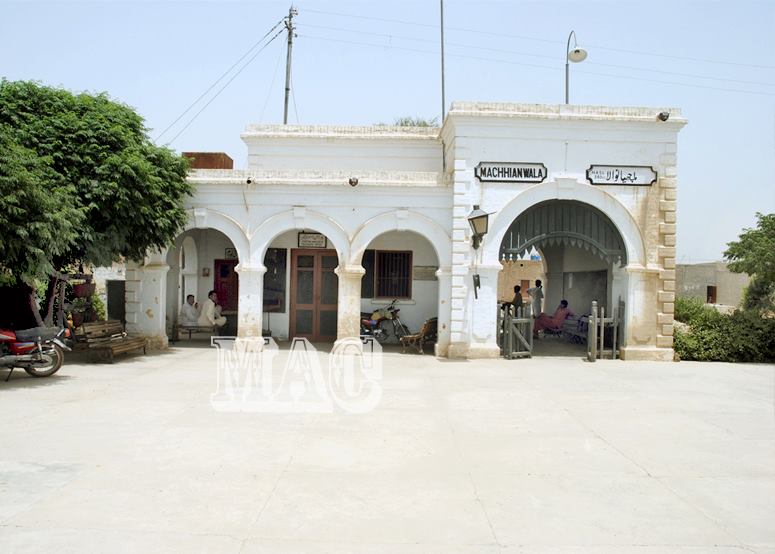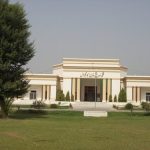District Vehari was an agricultural area containing forests during Indus Valley Civilization. In the Vedi period, it had characteristics of the “Aryan” stream. Various rulers belonging to various nations invaded different parts of Punjab and established their governments. In 331 B.C., Achaemenids conquered this area. Later on, Alexander came down upon this land with a great army. Different dynasties ruled over Punjab including Vehari. Among the ruling dynasties, Moria Dynasty, Indo-Greek Dynasty, Koschan Dynasty, Gupta Dynasty, White Huns, Kaschano, Hantalites, Turks and Hindus are the most prominent ones. When Sultan Mehmood of Ghazna came to power in India, Vehari also came under his rule. Later on, Vehari came under the rule of the Mughal Empire and ‘Salateen-e-Delhi’.In 1925, the construction of the Pakpattan Canal under the Neeli Bar plan developed the area of Vehari. The river Satluj mainly irrigated this land. There is a famous myth that the water of Satluj is blue. So this area was named Neeli Bar. When Muhammad Bin Qasim conquered Multan, this area was under the rule of Raja Dahir. In 1591, the Mughal King Akbar conjoined the areas of Multan, Kehror, Jhang, Shorkot and Vehari and made the province of Multan. In this regime, Joiya family ruled over Fatehpur which is located on the right bank of the river Satluj. The archaeological remains can be seen even today. Moin-ud-Din was made governor of Multan in 1748. Later on, Meer Muno was appointed Subedar of Multan. Under an agreement, he gave the eastern part of Multan including Vehari to Kora Mull who took over this area and established his occupation and control he also assumed the title of Maharaja for him.Vehari is one of the prominent districts of Punjab. The district was created in 1976 out of the three tehsils of Multan District (Vehari, Burewala and Mailsi). The name Vehari means low-lying settlement by a flood water channel. The district lies along the right bank of the river Sutlej which forms its southern boundary. Vehari District is the result of the construction of the Pakpattan Canal from Sulemanki Head Works on the Sutlej and the Neeli Bar Colony project in 1925. The ancient history of the district is indistinct. The populated areas in ancient times were restricted to the banks of the river Sutlej where seasonal inundation permitted some cultivation. The rest of the area was a vast sandy scrap land at best affording pastures to itinerant herdsmen. The riparian tract formed the state of Fatehpur during the time of Akbar the Great. This was ruled by Fateh Khan of the Joiya family who founded and gave his name to the town of Fatehpur. Fatehpur is still in existence about 15 kilometres to the south of Mailsi and is the oldest town in the Mailsi subdivision. It has some remains of archaeological value.
District Vehari has three tehsils in its territory:
- Vehari
- Burewala
- Mailsi
Places to Visit
Masood Jhandir Research Library
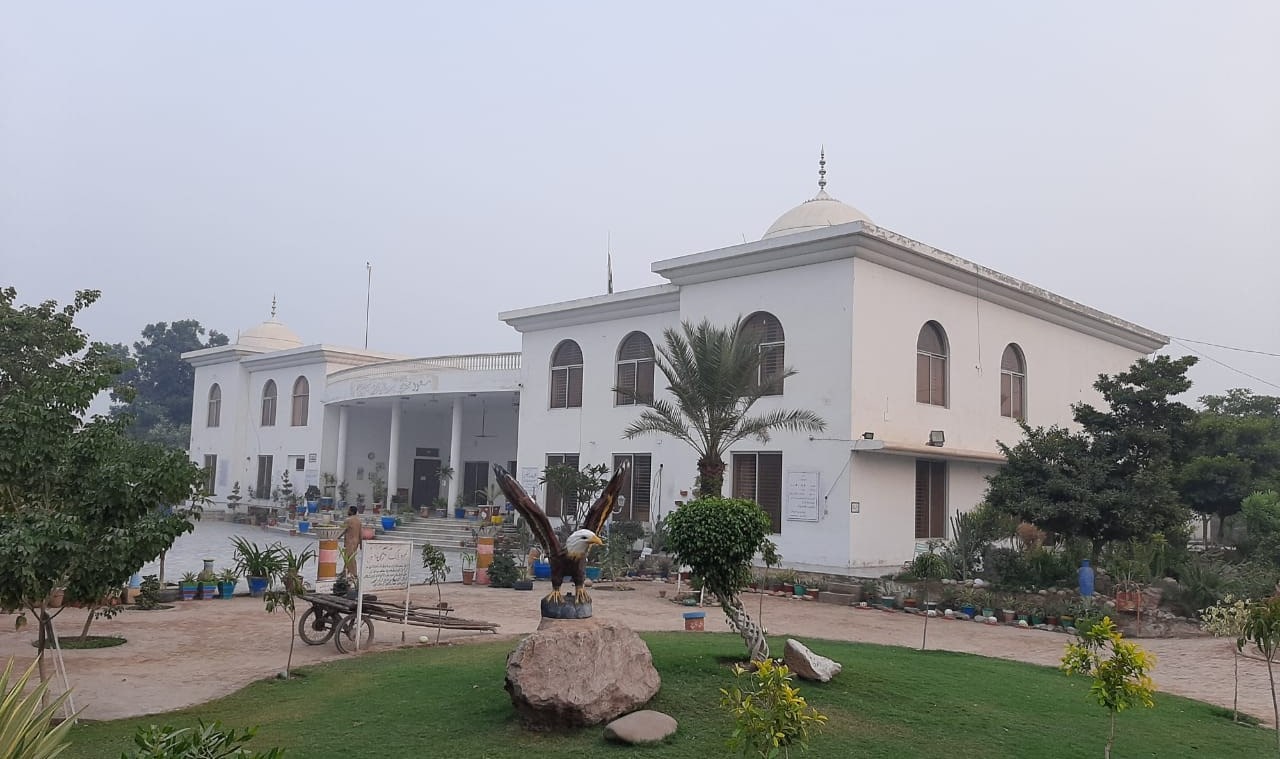
The Masood Jhandir Research Library is the largest private library in Pakistan. It is located in a small village Sardar Pur Jhandir in Mailsi Tehsil, Vehari District of Punjab. It was established in 1899 by a great scholar and poet, Malik Ghulam Muhammad (1865 – 1936). It is considered a world-class library in a village. The new library complex was completed in 2007. It covers an area of 21,000 square feet. It consists of 8 commodious halls, an auditorium, a committee room, a multimedia workstation, a reception hall and an office. The library is surrounded by an attractive park of 5,000 acres. Masood Jhandir Research Library has a collection of 360,000 books, 92,000 periodicals, 1,300 Quran collections (manuscripts and rate) and 4,000 other manuscripts.
Chak Dewan
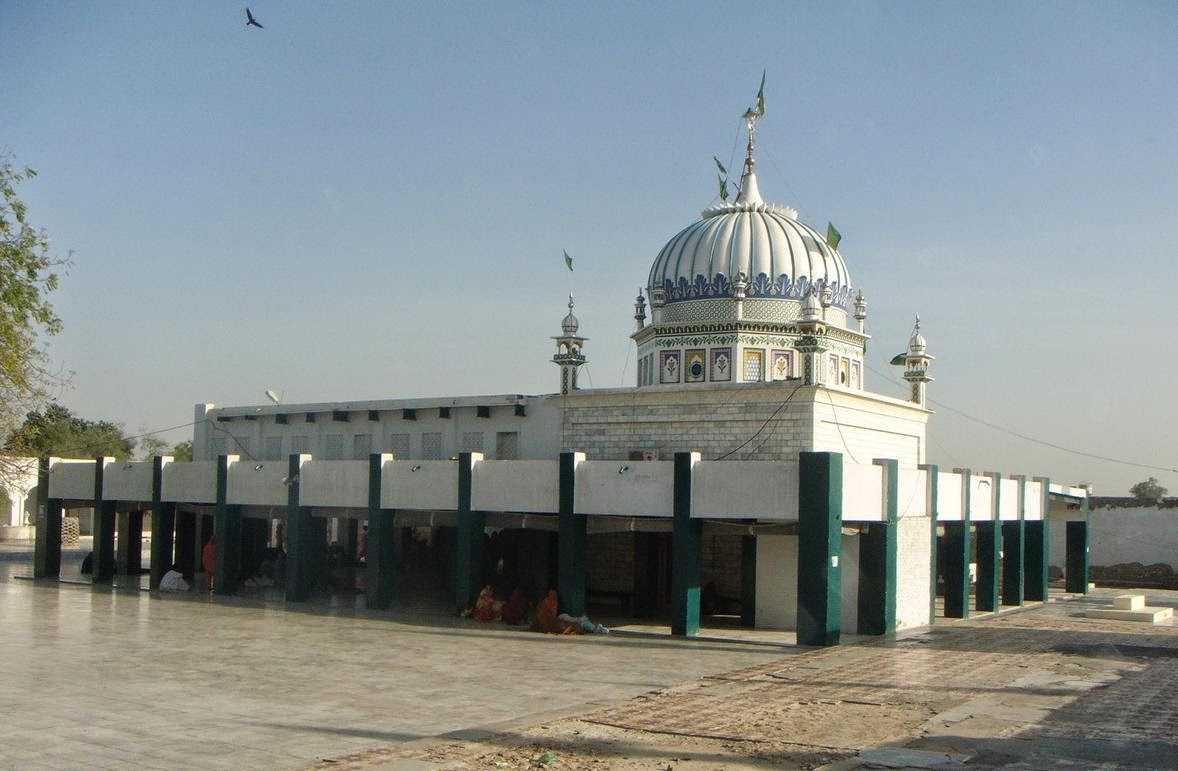
Chak is situated a few kilometres away from Burewala. According to tradition, it was populated in 500 A.D. Its old name was Khotwal and eleven forts were attached to it. The ruler of the state was the Sufi saint Hazrat Sher Dewan Chawli. It is thought that his shrine was built by Mahmood Ghaznavi. Baba Guru Nanak also stayed here, decorated it and got spiritual regeneration.
Sardar Pur Jhandir
This village is built on modern lines. It is 15 km away to the west of Mailsi. World famous Sardar Pur Jhandir Library is also here.

Luddan
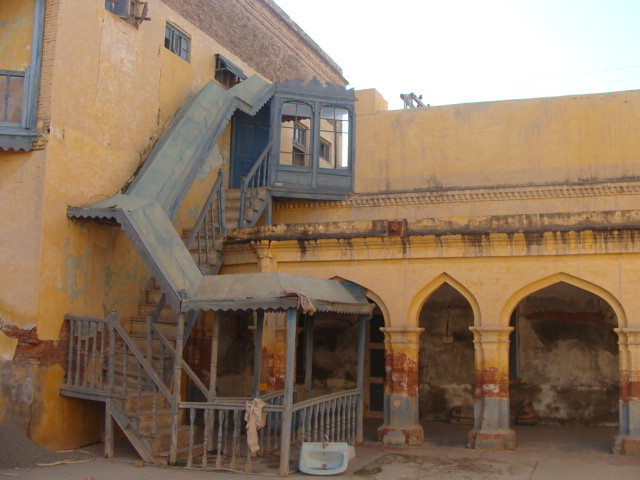
Luddea is situated near the river Sutlej. It is also a very old village that bears numerous historical evidence. Doltana family of Luddan was at the forefront of the Pakistan Movement.
Karampur
Karampur is one of the oldest town in Vehari. Situated in Mailsi Tehsil, its name refers to Karamdad Dawood Pota – a famous person of the regime of Sher Shah Suri. It is located at a distance of 5 km from the bank of the river Sutlej. The people of Karampur mostly belong to Rajput and Arain families.
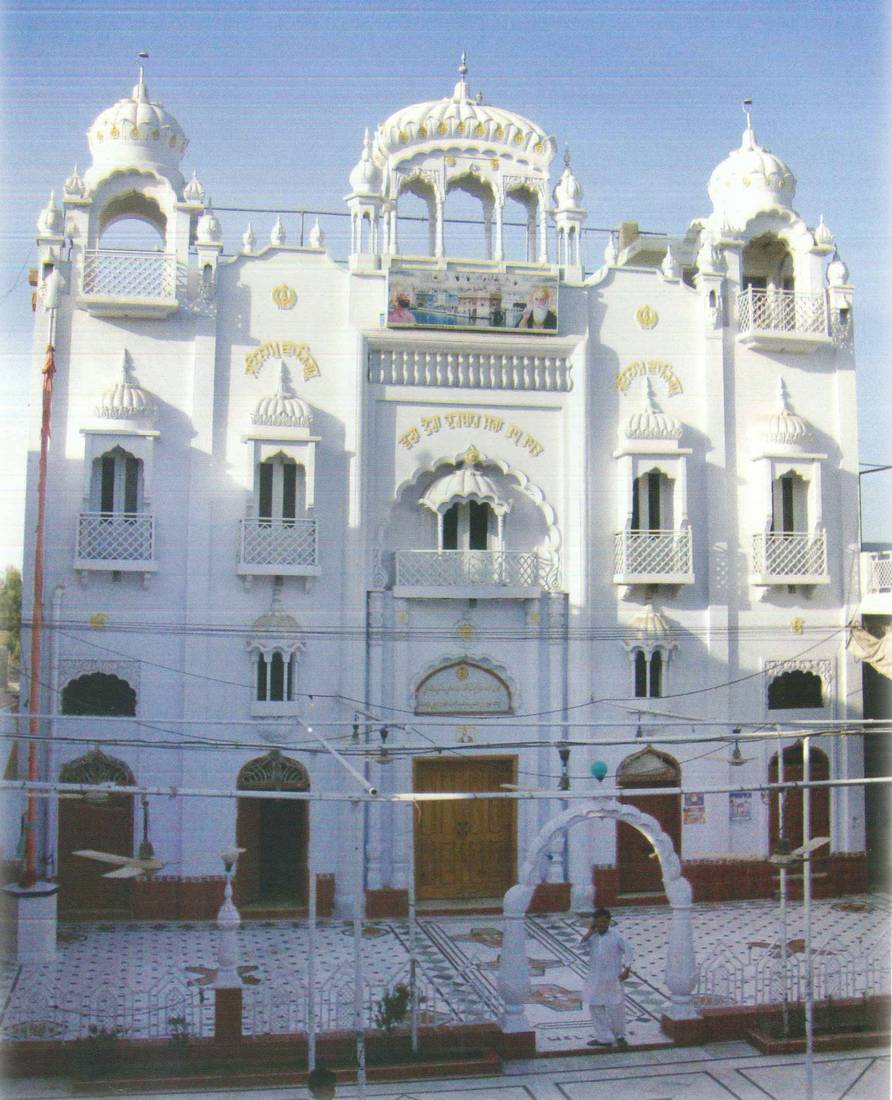
Machiwal
This village of Vehari was set up in the reign of the Sikhs after the name of a person Machiya who belonged to the Langrial family.
